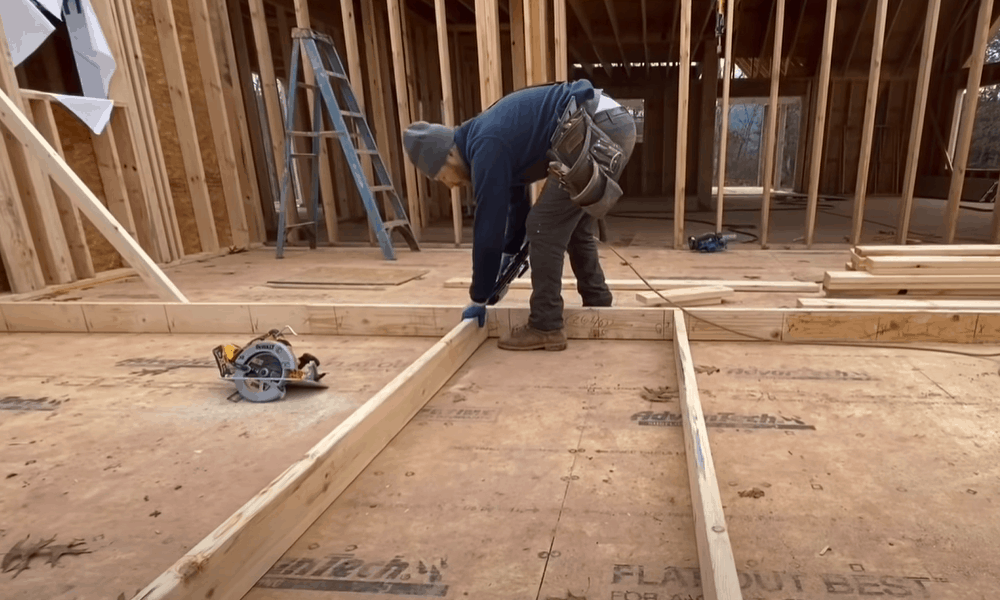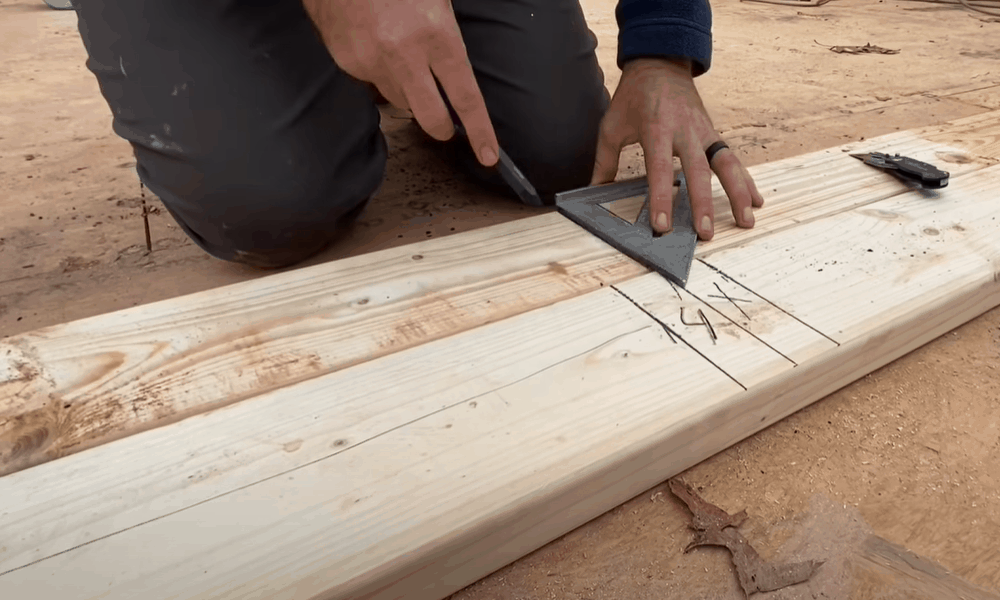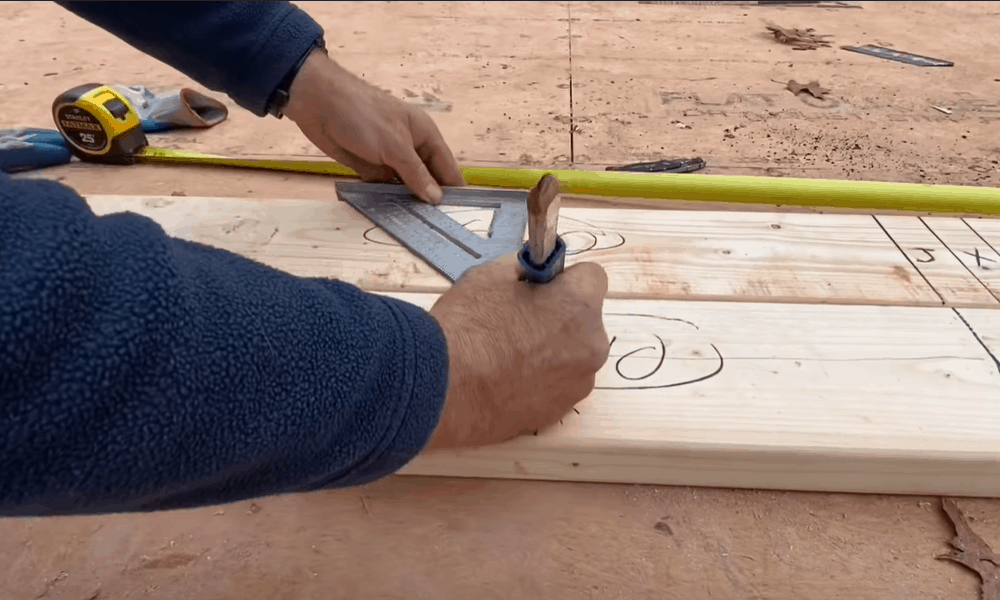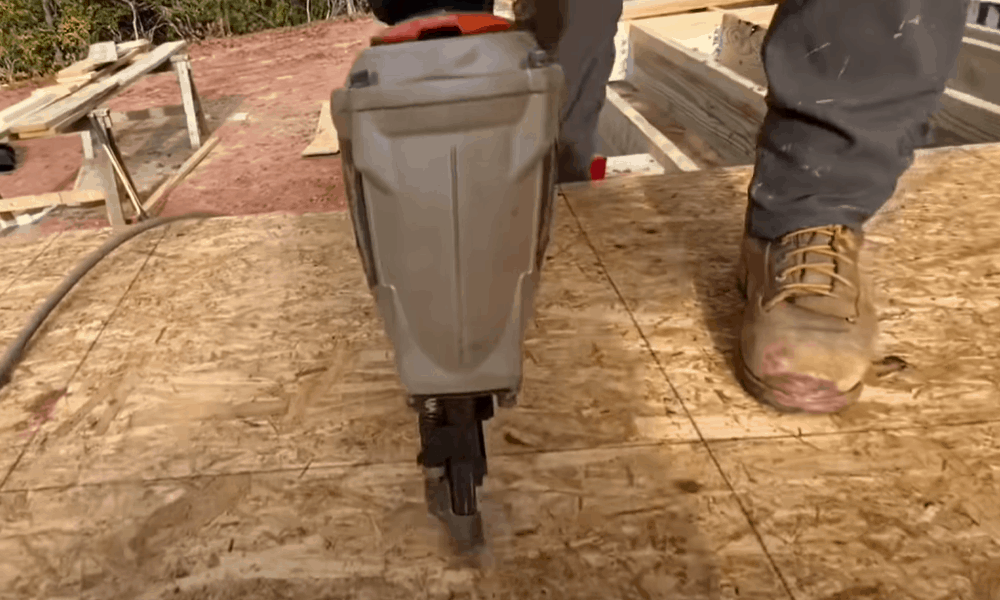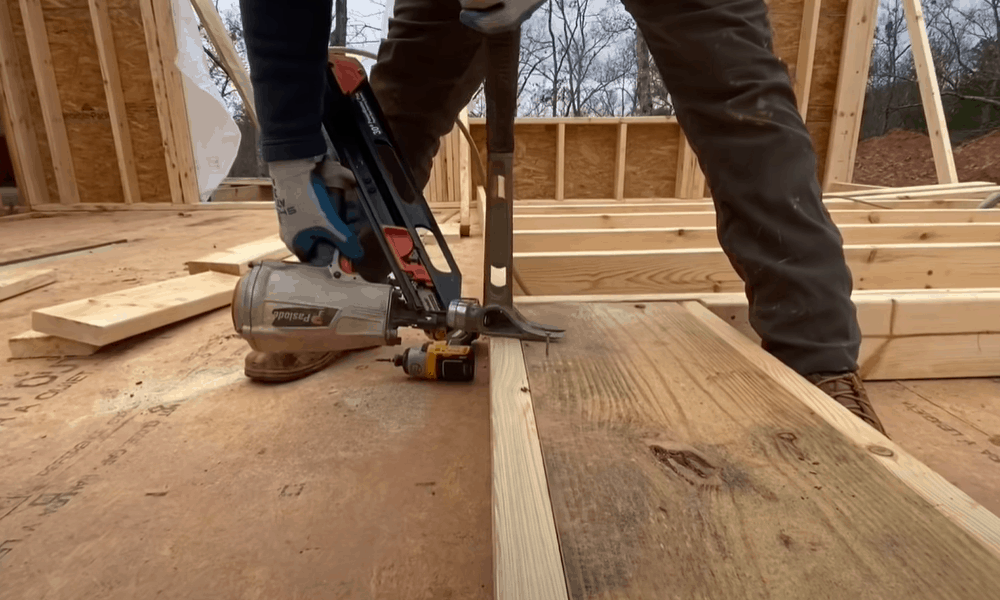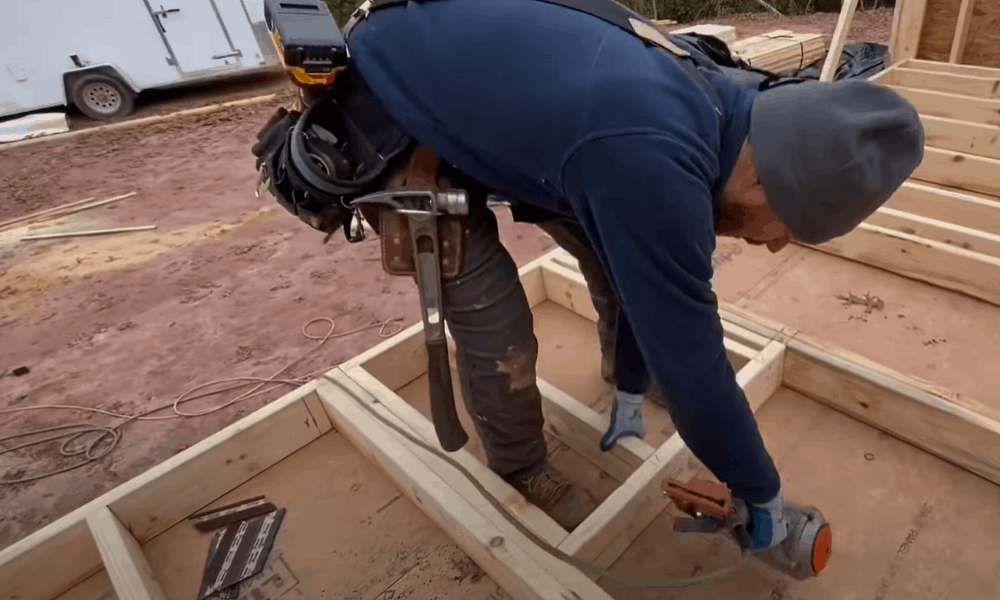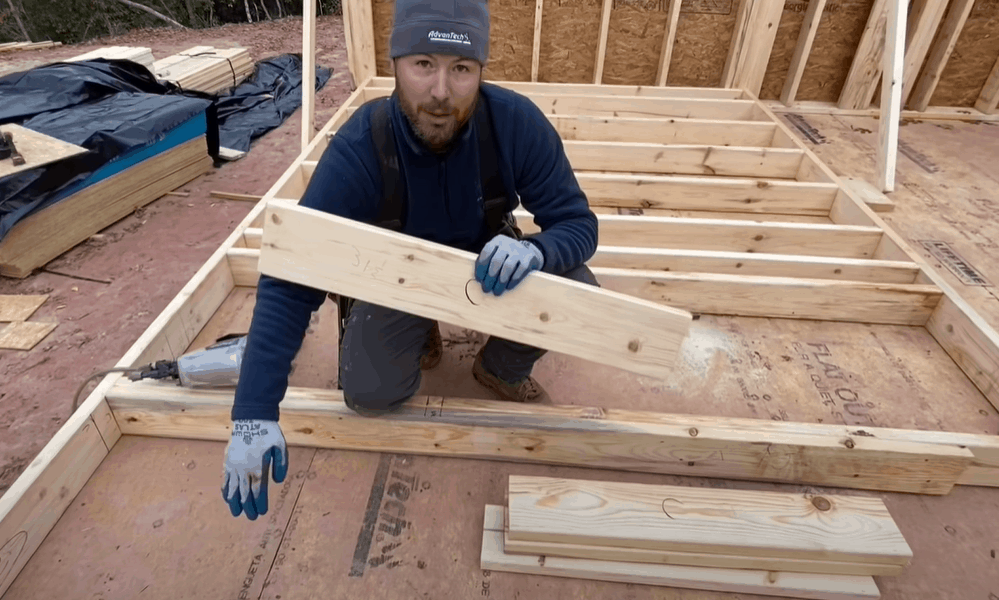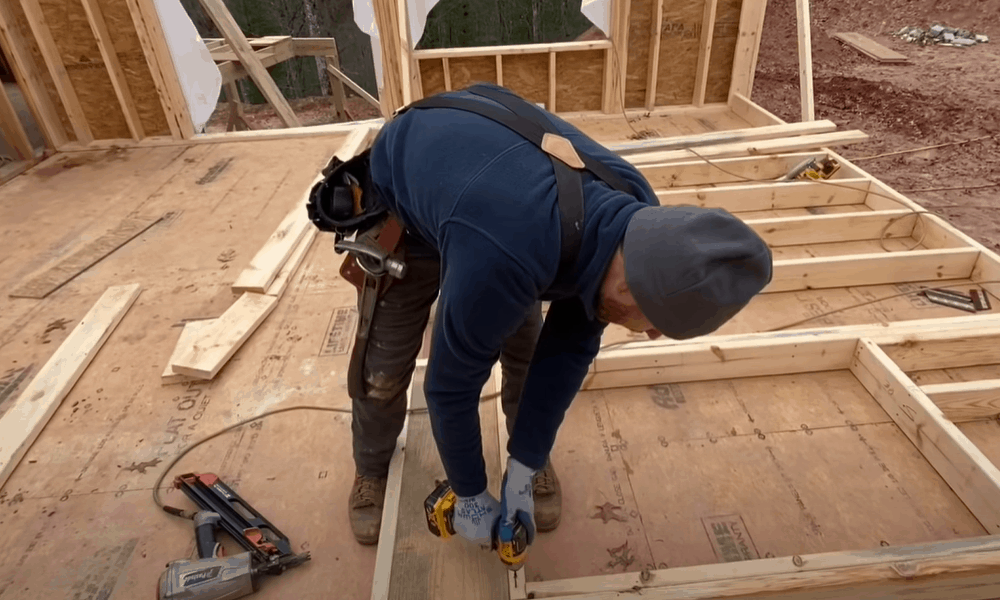How to Frame a Window? (Step-By-Step Tutorial)

Usually, people frame windows during the construction of a building. But if you want to renovate the house, you will have to place a new window or one with a different size. Whatever the case, a good frame secures the window and prevents it from leaks and cold air when closed.
Does your building have a brick wall? If yes, consider getting an expert to make a hole in it. During the framing project, ensure you create a structure that offers a flat face for the drywall. Fix the adjacent pieces entirely with each other.
Knowing how to frame a window requires care and skill. Even if you can learn from a youtube how to frame a window video, this article will serve as a guide to out this project properly and easily.
What You Need to Know About Window Frame
A window frame consists of the jambs, head, and sill that create a perfect space for the window sash. You can also describe it as the outer perimeter of the window. Since this article doesn’t concern vehicles, this setup does not include window regulators.
You can find a window frame made from a combination of several materials or a single one. However, the most common ones include wood, fiberglass, aluminum, and vinyl.
You might consider enhancing the quality of the glass, especially if you intend to insulate your home. You can also apply the same hack for the frame. That way, you cut down utility bills and bring great comfort to your home.
Tools and Materials Needed for Framing a Window
- Stud finder
- Hammer
- Measuring tape
- Level
- Nail set
- Reciprocating saw
- Combination square
- Flat pry bar
- Drill with a screwdriver bit
- Framing square
- 16d and 10d nails or 2- and 3-inch deck or wood
- Handsaw
- Stapler
- Staples
- Shims
- Plywood
How to Install a Window Frame
Step 1: Prepare the Working Area and Inspect the Studs
Before you start framing a window, cover the flooring with drop cloths, and block the doors to keep out the dust. You can also keep a fan on an adjoining window and face it outside.
Now, move to studs and examine them. Here, you will use the current wall stud as the king stud on one end.
On the other side, a 2×2 or 2×4 cleats connect to another stud and offer a surface for mending the drywall, especially after installing the window. Compared to cutting the drywall through the center of a stud and using one half of its thickness as a nailing surface, this comes as a tedious but straightforward option.
Step 2: Fix the Studs
At this point, get a single new stud that has the same length as the other current ones. When you make cuts on two cripple studs, the window sill drops on their heads.
Moreover, consider installing a jack stud on top as the sill will stay between it and the cripple stud. Now push in a fastener – within every 12 inches – in a varying pattern.
Wedge, the king stud between the upper and bottom plates as this, will install a combination of the king and cripple studs. If you want to frame a cavity, head to the back of the drywall, drive the king, cripple stud combo midway into it, and secure it with tilted 2-inch screws or 10d nails. Since this task might slightly change the position of the studs, use a stud offset by 1/4 inch.
Step 3: Make the Appropriate Markings
At the bottom plate, create a mark that shows the spot for the king and jack studs. Usually, the width of the rough opening shows the space between the jack studs.
Choose a level above the jack stud and place a mark across the studs that will show the sole (bottom) of the header. Then, measure upwards and mark a spot for the top of the header
You should also make another mark at a position around 1/8 higher than this measurement. Follow up by making bottom cuts at around 1/8 from underneath.
Step 4: Mark the Middle Stud for Cutting
Furthermore, place markings on the center stud that you will cut at the bottom. When marking them, use the required window framing rough opening size with an extra 3 inches (for double-bottomed plates) or 1 1/2 inches (for a single bottom page).
Take a square and make cut lines across each stud. Before creating these marks, prepare a temporary platform on the wall for this purpose.
Step 5: Score the Lines
Bring out the circular saw and adjust it to full depth. Then confirm if the blade lies square with the base plate of the saw. To test the tool, cut up an unwanted piece.
When you have reached this stage of learning how to frame around a window, use safety wear, particularly for your ears and eyes. Complete the cuts by working with a reciprocating or handsaw.
Step 6: Build and Attach the Header
You can make the header by cutting two pieces of 2 × 6 or 2 x 8. These items should have the same size as the width of the cavity while having an extra 3 inches. For spacers, build strips from 1/2 inch plywood
Find the direction to which the 2xs bend upwards at the center. For this task, place the materials (2xs) on each other and check if the crowns face the same direction. Keep a spacer at 8 – 10 inches, place the other 2x at the top and fasten with triple 3-inch screws.
As the crown faces upwards, position the header on the jack studs. For added security, hit it with a hammer. Now you can install the header with 3-inch screws or 16d nails.
Step 7: Build the Window sill
Here you should not worry about how to frame a window sill. Instead, you will create a new one.
Start by cutting a maximum of two pieces to length. Secure the ledge with a nail or screw. If you use two pieces, fix one piece on top of the cripple stud then cover with the second piece.
Inspect the opening for a square. If the cavity width and height exceeds the window by 1/2 inch, the opening should measure around 1/4 inch out of the square. Complete the check by placing the window in the cavity and looking carefully for the square.
Does the opening fit correctly? If it does, take a drill with an extended 1/2 inch spade bit and create locator holes to the exterior at every edge.
Step 8: Make the Required Cuttings
Some walls- including the ones that contain plaster – might not allow you to patch them with ease. If you have this issue, you will have to slip in the new window frame.
Cut the size of the completed wall that fits the opening. Then, grab a reciprocating saw and score through the upper and lower studs. Before sawing, remember to work with the widths of the sill and header.
Slice the studs until you reach halfway and pry them out. Since you want to make room for the sill and header, gently clean out the open spaces.
Step 9: Fix in the Header and Sill
Push the header into the cavity and help it stand by inserting a jack stud on both ends.
Thanks to the header, the window can avoid any damage caused by the weight of the roof. Bring in the sill and connect the framing pieces with screws.
Step 10: Add Finishing Touches
Now you have reached the final stages of knowing how to frame a window. Move to the inner part of the window frame and place a generous amount of exterior latex caulking. Next, put the new window structure into space while ensuring that it fits. With a power drill that uses a screw bit, drive in the screws into the holes on the window framing.
Conclusion
Knowing how to frame a window will help you save costs since you won’t have to call a professional window installer. Framing a window makes your home feel comfortable while preventing rain from entering the building.
With the guide above, you can carry out the DIY process on how to frame an existing window or a new one. Apart from showing you how to build a window frame and sill, this article offers the following advice.
- Setup the workspace and inspect the stud
- Install the stud and create some marks
- Make and install the header
- Fix the header and the sill into the opening
- Screw-in all pieces with a drill
If you have any questions and comments, please feel free to share them in the space below.

